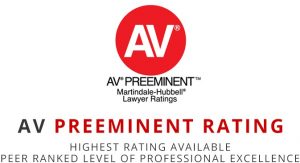New mortgage protection rule you should be aware of: TRID
Anyone who has ever purchase a home is aware of the stack of papers that must be signed in order to consummate the deal and be in mortgage compliance. While one of these documents is indeed the mortgage that conveys the property from the seller to the buyer, the others are required by law to protect all the parties in the transaction.
Some History
In the past, these latter documents were required by the Truth in Lending Act (TILA) and the Real Estate Settlement Procedures Act (RESPA). More recent legislation – specifically, the Dodd-Frank Wall Street Reform and Consumer Protection Act (Dodd-Frank Act) – has mandated an integration of the two previous laws into one, the TILA-RESPA Integrated Disclosure – also known as TRID.
Implementation
Scheduled implementation of the new TRID protocols is scheduled for loans documents submitted after August 1, 2015. The aim of this documentation process is to facilitate the arduous process of coordinating and synthesizing hundreds of data points and bringing consistency to the documentation. While successful to a large degree in this effort, numerous challenges still loom over the TRID implementation process.
Challenges
The automation of the process mandated by the Dodd-Frank Act means that the process should move faster and with less hassle but it also means that all the pertinent data must match at every step of the process. TRID also places stringent rules on delivery times and limits the variations in data at the initial disclosure and the settlement one. Finally, some new paperwork – a “page one summary” and a “cash to close” in particular – have been added to the process.
The new law is also problematic for the preparers of the document. Gone are the old forms that lenders have been using for decades. There is definitely a learning curve that will have to be surmounted at implementation as well as a restructuring or replacement of legacy computer systems that can no longer handle the current requirements.
A Final Note
Lenders face a formidable task in implementing these new requirements and should take ample advantage of the latest technology to make the process as easy – and transparent! – for themselves and their clients. In short, it is not too early to get started now in addressing this mortgage compliance issue.


